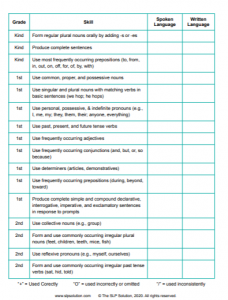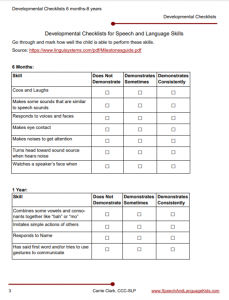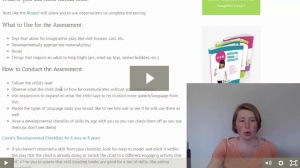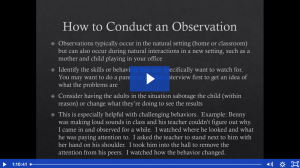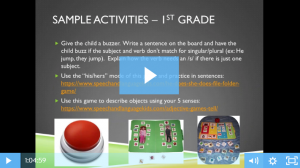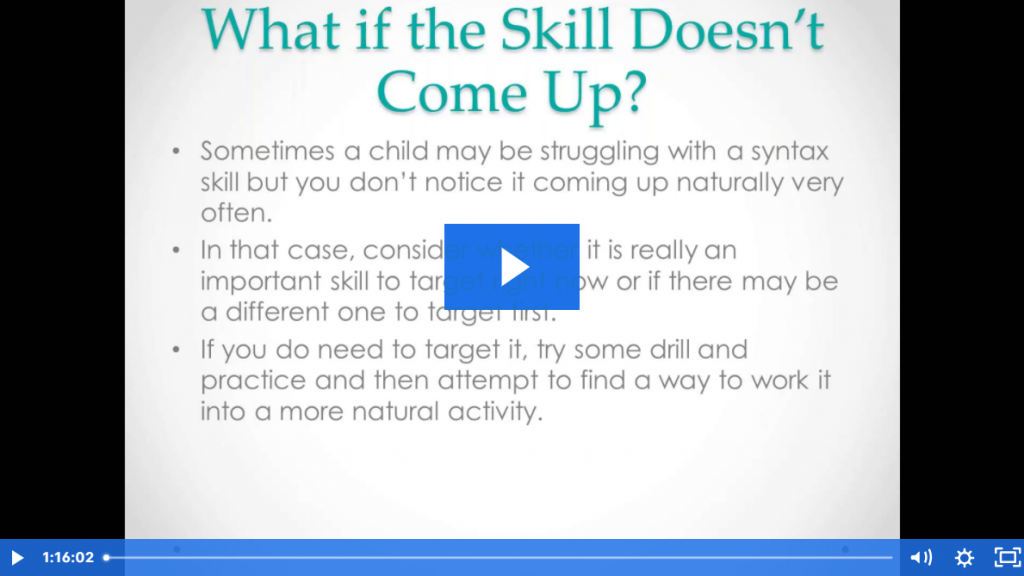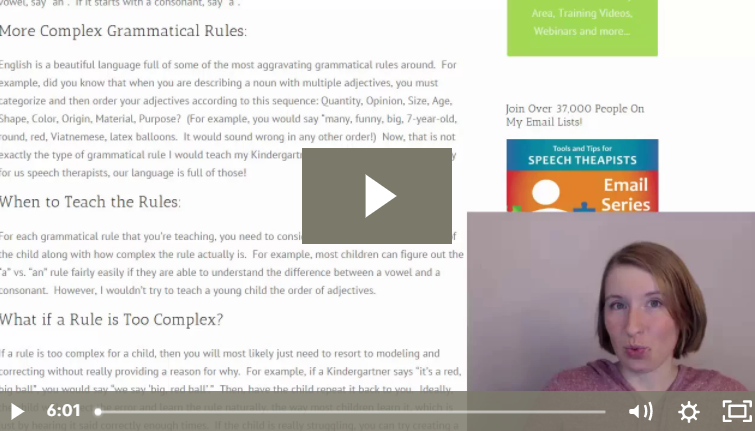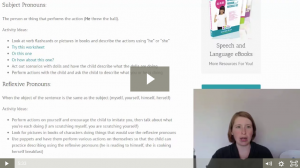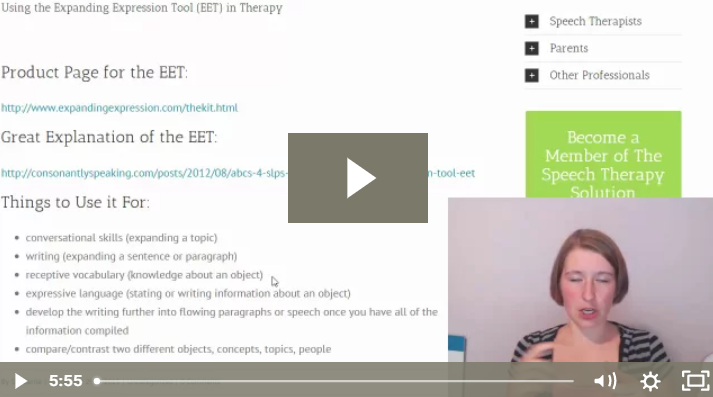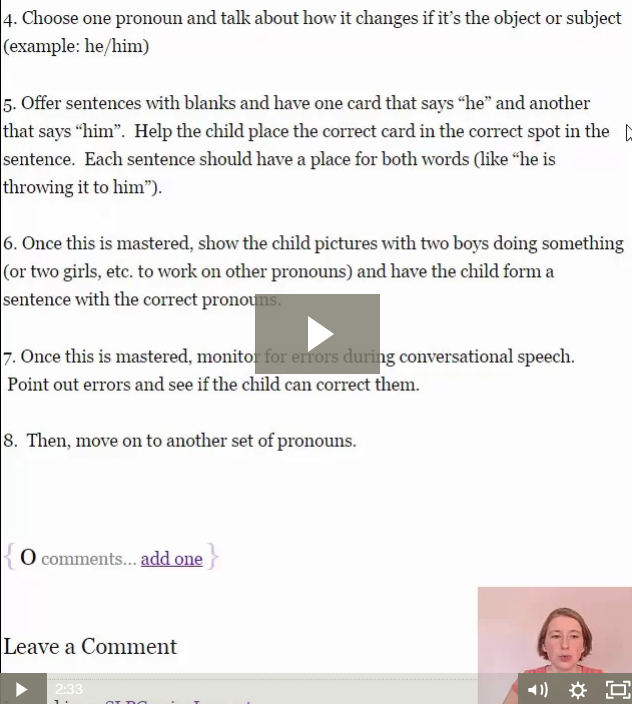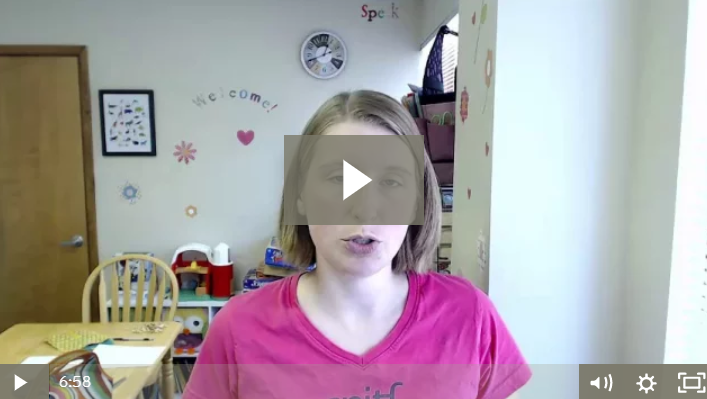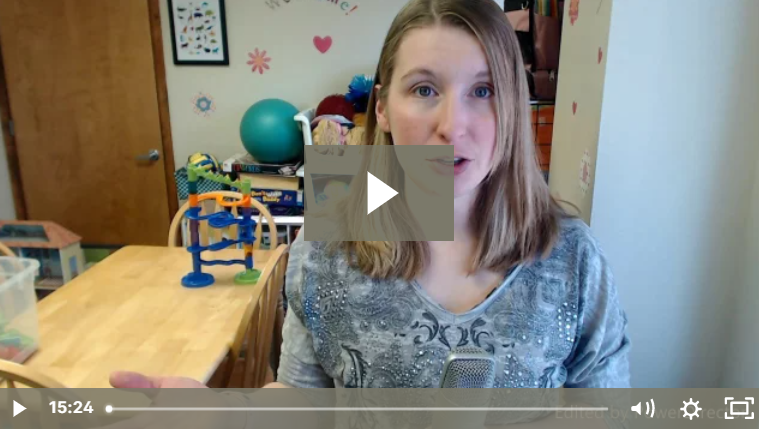Condition: Syntax and Morphology Delay/Disorder
Definition:
Syntax is the rules that pertain to the ways in which words can be combined to form sentences in a language. This includes understanding sentence structure elements when listening, using correct sentence structure elements when speaking, understanding sentence structure while reading, and using correct sentence structure when writing.
Morphology is study of the rules that govern how morphemes, the minimal meaningful units of language, are used in a language. It includes understanding morphemes when listening, using morphemes correctly when speaking, understanding grammar while reading, and appropriate use of grammar when writing.
Developmental Norms:
School-Age Children:
Check out our syntax screener checklist for school-age children:
Younger Children:
In addition, you can use our full language screener to check syntax and morphology skills in younger children:
Evaluation:
Evaluation of morphology and syntax skills should be included in a full, comprehensive evaluation of speech/language skills. Here are some things to look for during your evaluation that may indicate difficulty with syntax and morphology:
Morphology and syntax deficits include
- late acquisition of word combinations;
- restricted mean length of utterance (MLU) in morphemes for younger children (although developmental order of morpheme acquisition may be similar to that of typically developing children) and shorter utterances in words for school-age children and adolescents;
- errors occurring most often on verbs (especially verb endings, auxiliary verbs, and past tense marking of regular and irregular forms), function words (e.g., articles and prepositions), and pronouns;
- errors of omission occurring more frequently than errors of misuse, although occurrence of both error types may be inconsistent;
- use of more mature and less mature word forms;
- difficulty comprehending grammatical morphemes, particularly units of short duration (phonetically less salient);
- deficits in morphological awareness (e.g., derivational morphemes, such as prefixes and suffixes, including inflectional morphology, such as plural, present progressive, and past tense markers);
- difficulty judging grammaticality;
- difficulty identifying and correcting grammatical errors;
- difficulty identifying parts of speech;
- problems comprehending and using complex syntactic structures;
- extensive use of simple, non-subordinated utterances in narratives;
- use of subordinating clauses of the earlier developing types, when complex sentences are used;
- difficulty with curriculum-related expository discourse production;
- difficulty decoding (comprehending) morphologically complex words that are common in various academic subjects.
Source: https://www.asha.org/practice-portal/clinical-topics/spoken-language-disorders/#collapse_2
Here are some additional resources when it comes to evaluating this condition:
Have a child who can’t sit down for standardized assessments? Find out here how to conduct a play-based assessment instead.
How to Collect a Language Sample
A language sample can be a great part of a full evaluation. Learn how I collect a language sample here.
Suggested Goals and Materials:
The results of the assessment process should help guide what you will target in therapy. Here are some goals that may be helpful for this condition. You can click on one of the goals below to learn more. Or, scroll down to the therapy section for more in-depth resources and support for treating this condition. Click on a goal to see related materials.
- Use Articles “a” and “the” in Conversational Speech
- Use Auxiliary Verbs in Conversational Speech
- Use Plural Nouns in Conversational Speech
- Use Past Tense Verbs in Conversational Speech
- Use Possessive ‘s in Response to Questions
- Use Pronouns “he” and “she” in Conversational Speech
- Use Possessive Pronouns “his” and “her” in Conversational Speech
- Use Subject + Verb + Object Sentences in Conversational Speech
- Use “to” in Conversational Speech
- Using the Pronoun “they” in Conversation
Therapy:
Here are some more resources and information that may help you when it comes to treating this condition.

